Industrial Solutions
Luminit is a qualified supplier of optical components for lighting, display, and sensors to OEMs creating the next generation of Internet of Things devices. We can integrate functions with multiple clients from specification, design, and prototyping to volume manufacturing.
Diffusers for Laser Systems
Luminit Glass-on-Glass Light Shaping Diffusers® are particularly applicable to laser, biomedical instrumentation and other high temperature/power applications, as well as UV applications requiring high transmission efficiency at UV wavelengths. Glass-on-Glass Light Shaping Diffusers are available in three versions:
- Ultra-high Temperature/Power Light Shaping Diffusers® – Pure glass diffusers up to 2”x2” in size that can diffuse from 0.5° to 15° while operating at temperatures up to 500°C with a laser damage threshold of 8J/cm².
- High-temperature diffuser – A glass diffuser up to 2”x2” in size that can diffuse from 0.5° to 50° with operating temperatures up to 200°C.
- Hybrid glass Light Shaping Diffuser® – This version can be made up to 20”x20” in size and with a wide range of angles from 1° to 80° circular as well as at many elliptical angles. It can also be produced on a wide range of optical glass substrates.
These diffusers offer transmission efficiency of 88% to 92% depending on angle in the visible light range. They are also available on silica UV53 substrate, which has transmission efficiency of 70% at 190nm.

Diffusers for Machine Vision Applications
Machine vision applications range from barcode scanners to sophisticated automated optical inspection systems to detect and measure defects on a wide variety of surfaces, from silicon wafers to champagne bottles, during and after their manufacture. Elliptical Light Shaping Diffusers® supply the uniformity required for detailed line scan metrology applications.
Applications include:
- Bar Code Scanners
- Wafer Inspection
- Die Bonders
- PCB Inspection
- Photocopier scanners
- Biomedical Applications
- Ring Lights
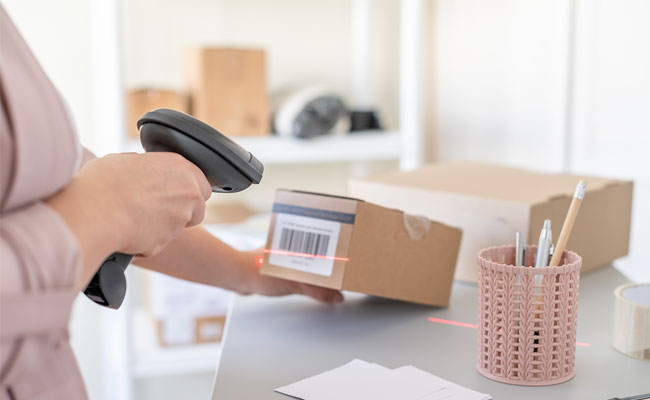
Diffusers for Bio-Medical Instrumentation
Today’s medical instrumentation incorporates a variety of light from fluorescent sources, UV sources, lasers, and LEDs for applications from general lighting to laser surgery and everything in between. Equipment using our diffusers includes:
- Blood Analyzers
- MRI Scanners
- Bacteria ID Systems
- Eye Screeners
- X-ray Tomography Systems
- Laser Cosmetic Surgery
- Biological Imaging Systems
- Teeth Whitening Systems
- Cellulite Reduction Systems
- Laser Eye Surgery
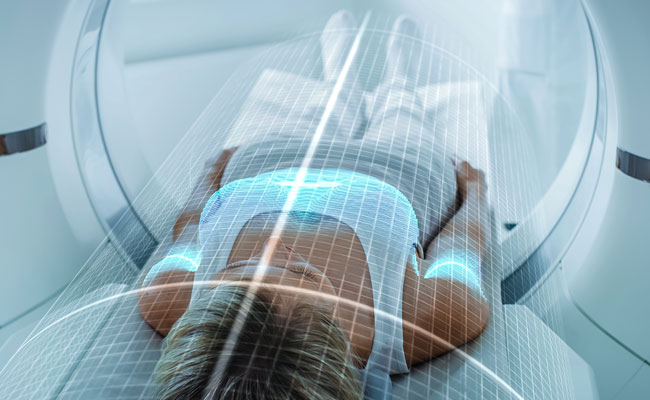
Diffusion for High-Brightness Projectors
The arc lamps and lasers used in today’s high-brightness projectors generate a lot of heat, which precludes the use of polymer-based diffusers. Luminit’s high-temperature Glass-on-Glass Light Shaping Diffusers can withstand heat up to 500°C and provide the same benefits within a narrower range of angles. They are also used in high power laser systems for their high laser damage thresholds – 8J/cm².
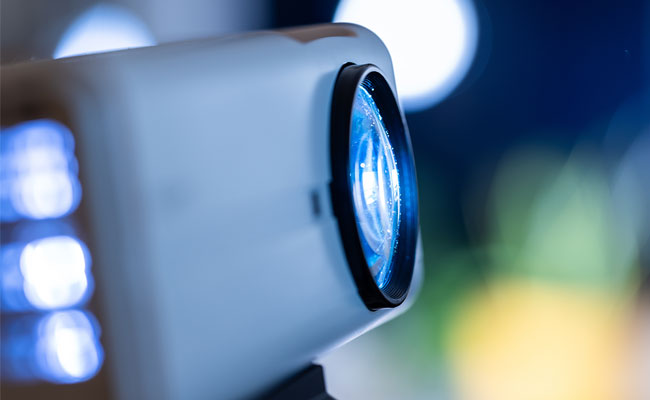
Diffusers for Light Guides and Light Pipes
Luminit offers a unique injection molded format of its Light Shaping Diffuser® for light guide optics. Incorporating our precise micro-structure diffusers on one or both ends of the light pipe allows color mixing and beam angle control for more uniform and homogenized results. Available in both circular and elliptical beam profiles.
Features include:
- Patented holographically mastered nano-structures for 85–92% transmission
- Symmetrical and asymmetrical beam angle options
- Mechanical tabs/clips for quick assembly
- Outdoor and flame-retardant material options
- Diffusion simulation and ray tracing services
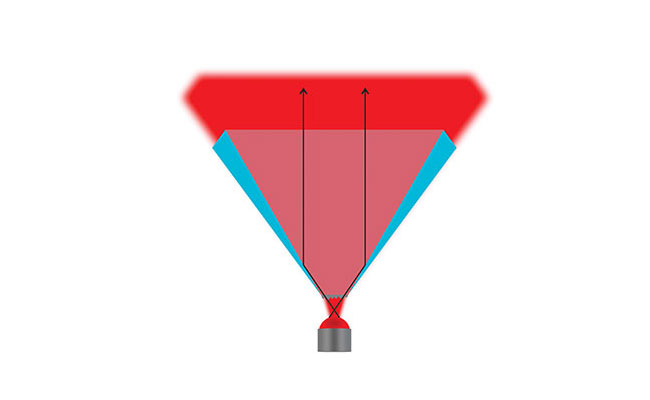
Round Tip Display Film
Luminit Round-Tip Display (RTD) Film increases display brightness by recycling otherwise wasted light. It can improve brightness by 30% to 40% and its rounded prism tips are more rugged and reliable than sharp prism tips.
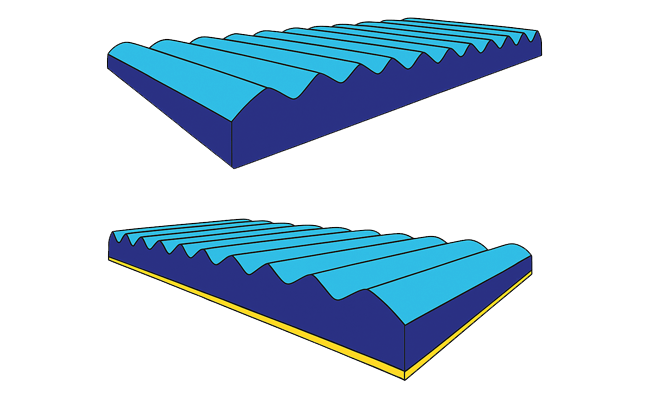
Direction Turning Film
Direction Turning Film (DTF) redirects images from flat panel displays by 20° in a desired direction, enhancing the viewing experience. It can be placed under or above the LCD and is also available in a double-sided format.
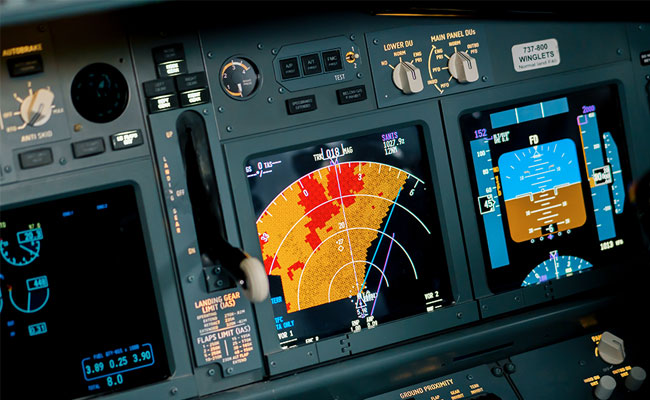
LCD Display Brightness Film
Our Display Brightness Film (DBF) enhances LCD brightness using a prismatic structure that redirects light through refraction and internal reflection. Ideal for automotive, avionics, smartphones, and portable devices.

Diffusers for IR Sensors
Luminit’s IR Direction Turning Film is optimized for narrow-band IR LED applications and is designed to work with Osram’s IR OSLUX SFH 4780S LED. It redirects IR light more precisely toward the target and back to the sensor.
Want to learn more or need help specifying the right optical component for your application? Download the data sheet or contact our team directly—we’re ready to help you build smarter, brighter, and more efficient systems.
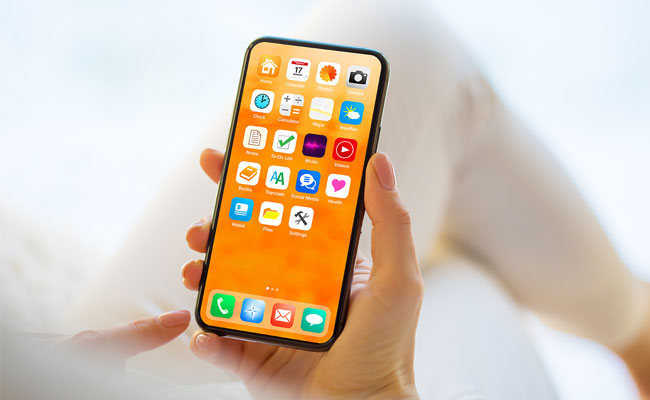
Let’s Work Together
From harsh environments to precision optical systems, Luminit’s industrial solutions help OEMs push the boundaries of what’s possible. Whether you need heat-resistant optics, ruggedized display films, or tailored micro-structures, we’re ready to help. Contact us today to start a conversation with one of our light shaping experts or check out our data sheets for more details.